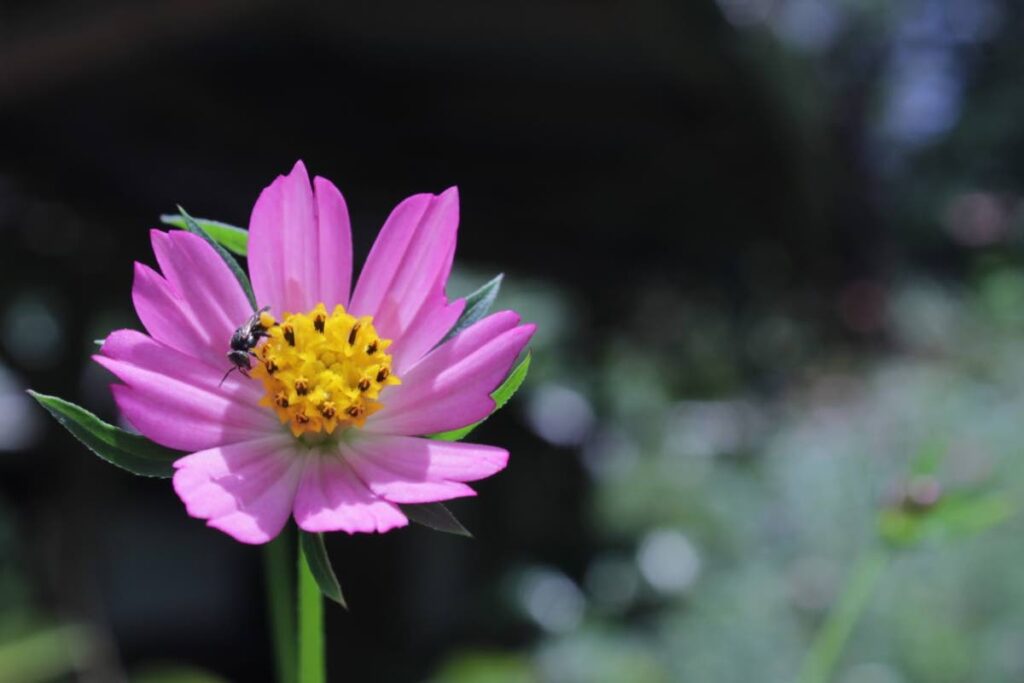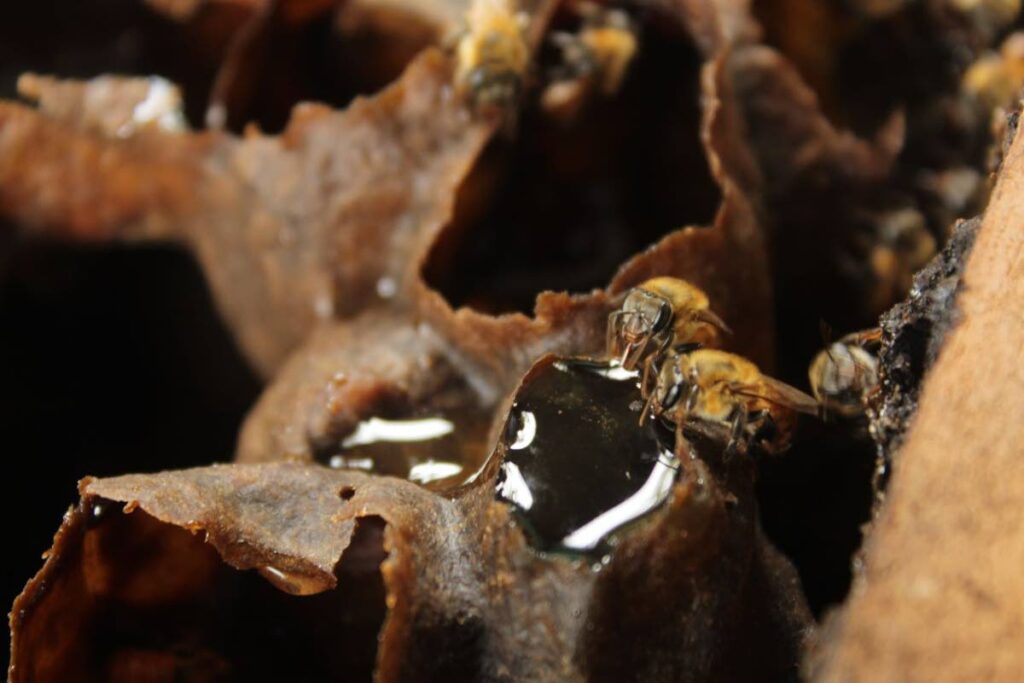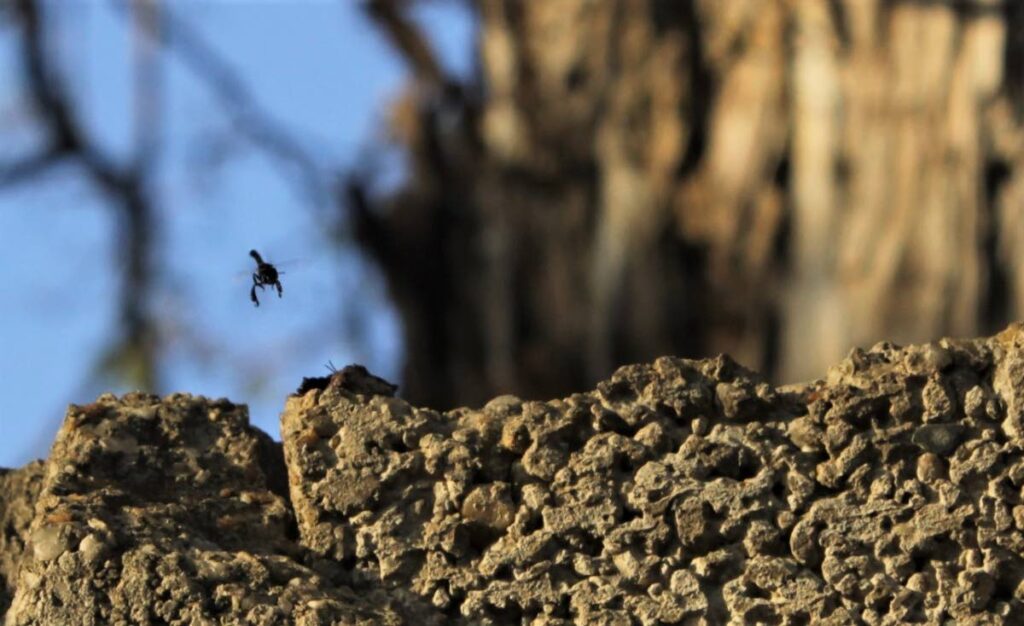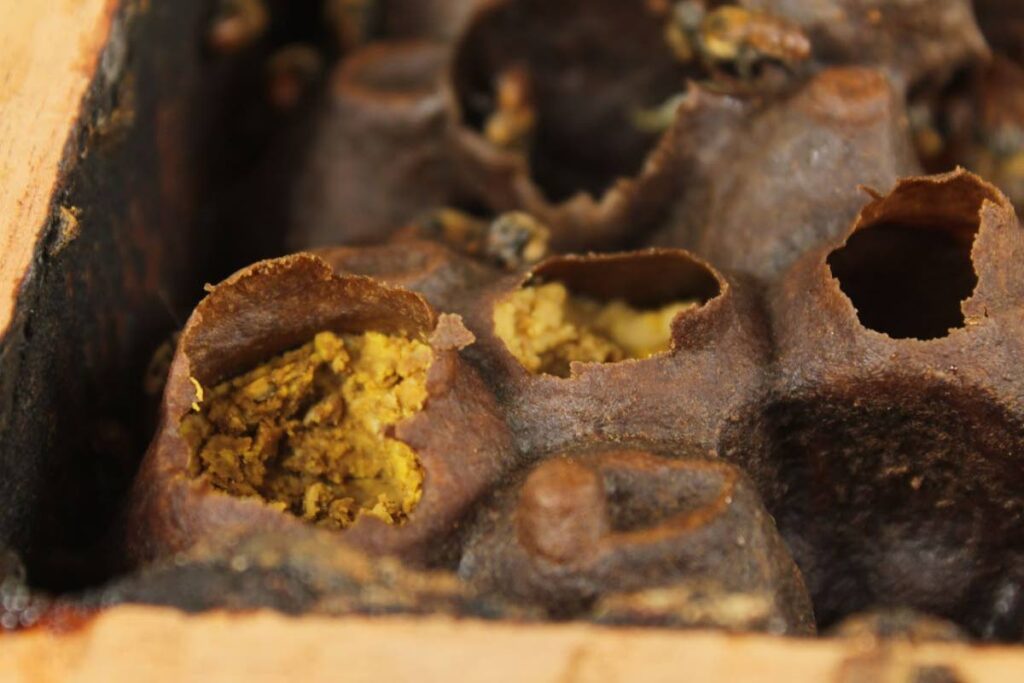World Bee Day 2023: Saving Stingless bees

Since 2021, the Ministry of Planning and Development has been collaborating with the United Nations Development Programme (UNDP) to implement the Biodiversity and Ecosystem Services Network TT (BES-Net TT) project. The project serves to bring awareness and improve the management of local pollinators in Trinidad and Tobago.
A main group of pollinators, the native stingless bees or Meliponini is singled out for special attention. On the occasion of World Bee Day today, this article shines a light on these bees and the work being done through BES-Net TT to assist in their conservation.
Introducing stingless bees
Throughout the life of the BES-Net TT project, any interaction with the public to promote activities and objectives in stingless bee management has yielded the question, “There are stingless bees?” These native organisms have lost the spotlight to their exotic, honey-producing cousins, the European honeybee (Apis mellifera), which in Trinidad are mainly the "Africanised honey bee" poly-hybrid, while in Tobago the milder European honeybees are reared, a media release said.

Stingless bees are so-called as they do not sting, and do not possess that appendage for defence. Several of them are mild-mannered, with perhaps just one species – Trigona amalthea (“Pegone”) – that may issue a "nip" with its mouthparts to defend itself.
In general, the bees range in size from about as large, to about half the size of a honeybee. One species – Melipona favosa (Moko Chiquita) – has banding patterns like a honeybee, with yellow stripes alternating with cinnamon brown bands. Most of the local species are black in colour, slim-bodied and may be mistaken for flies or wasps. Stingless bees live in colonies, some species creating circular, horizontal brood combs stacked like pancakes, and others creating brood cells that look like a mass of tiny grapes.
Busy, beneficial bees
Stingless bees perform important roles, contributing to food production and the plant reproductive cycle through the process of pollination. Some species have preferred plants to visit, to obtain nectar and pollen; for example, Friesiomelitta paupera (Petit angel) is a main pollinator for avocado and Nannotrigona testaceicornis (Irai) visits cucumber and tomato flowers.

Some species are prized for their hive products, with some producing a type of honey – which generally has a higher moisture content than honey from honeybees – used more for medicinal properties than as food. In parts of Latin America, this type of honey is used in wound treatment. Within TT, it is a low volume, high value product, traded among local keepers and users familiar with these properties.
A need to conserve
Stingless bees face threats in common with honeybees – from climate change impacts on food sources, to toxic pesticides and destruction of habitats. For stingless bees, the latter threat is particularly serious, since mature queen bees usually have distended abdomens and are unable to fly with worker bees to form new colonies if destroyed at their present locations.

The BES-Net TT project therefore advocates for boxing of wild hives that are in particularly vulnerable locations. The project offered free workshops in which participants learned about transfer of hives to appropriate artificial habitats (bee boxes) and about hive management including pest control. Recordings of these workshops are available on the project’s You Tube page [https://www.youtube.com/@bes-net_tt/videos].
As the project moves to its conclusion at year’s end, the team is establishing links among stakeholders to promote management guidelines and network those interested in sustaining efforts to converse these important components of local biodiversity. Hopefully, not only will they be known, but protection will allow continuance of their important roles.


Comments
"World Bee Day 2023: Saving Stingless bees"